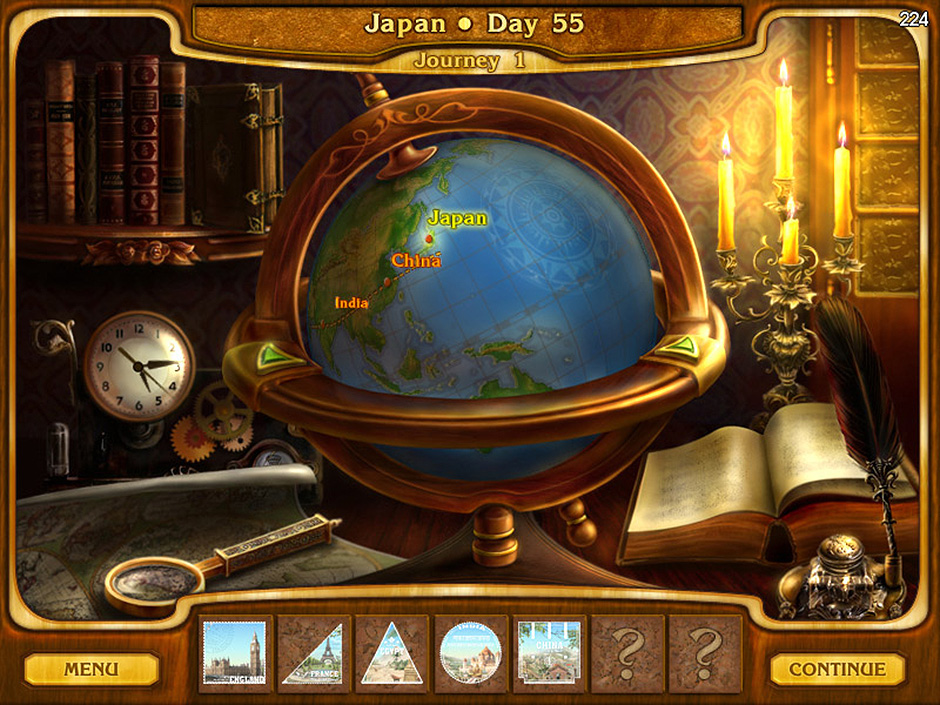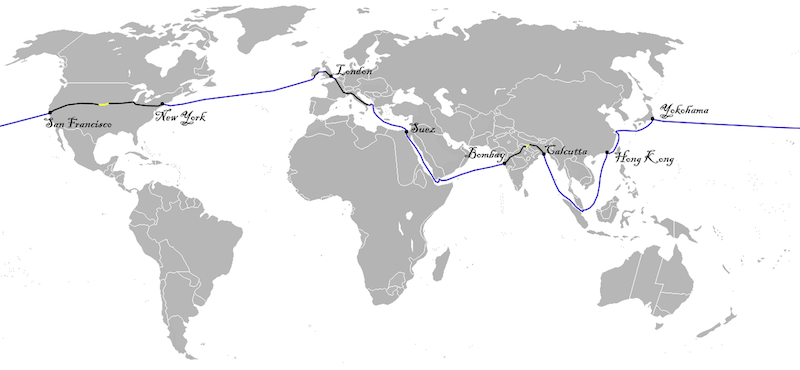In “80 Days,” the in-game map serves as a fundamental strategic tool that enhances players’ journey planning and decision-making processes. It provides a comprehensive visual representation of routes and cities, which is key to successfully navigating the world and completing the game within the allotted time. Rather than dictating specific routes, the map offers a broad overview, encouraging players to weigh various factors such as travel time, weather conditions, health, and finances while plotting their course.
Key Strategies for Utilizing the Map
1. Understanding Routes and Destinations:
The map delineates city connections through lines and dots, illustrating the available paths between locations. For example, opting to travel south to ports like Nice might differ significantly from heading east to cities like Cologne, influencing your choice of transportation (e.g., sailing the Mediterranean vs. traversing challenging terrains). Understanding these options is critical for effective route planning.
2. Anticipating Future Routes:
The map not only highlights immediate travel options but also shows some routes and locations that are likely to be relevant later. This foresight allows players to plan strategically and adapt their journey as opportunities or obstacles present themselves, enriching the gameplay experience.
3. Tracking Travel Progress:
By marking visited cities and the connections still to be explored, the map is essential for managing time and resources. Missing critical departures, such as steamboats or zeppelins, can lead to significant delays, making progress tracking vital for success.
4. Engaging with City Information:
Players can unlock new routes and travel options through interaction and exploration within each city. Engaging in conversations or completing tasks may reveal further strategic paths, enhancing the player’s ability to devise a well-rounded travel plan.
5. Balancing Speed, Safety, and Cost:
The map plays a crucial role in helping players evaluate which cities to visit or skip based on their current financial and health status. As Mr. Fogg’s health can decline without proper rest, the balance between health, speed, and budget becomes an important aspect of route selection.
6. Utilizing External Tools or Notes:
Given the extensive options and potential complexity of routes, many players find it beneficial to take notes or refer to guides. This can assist in recalling previously discovered routes and managing time constraints effectively, especially when exploring cities can be time-consuming.
Conclusion
In summary, the map in “80 Days” is not merely a static navigation tool; it serves as a dynamic framework that facilitates strategic planning and enhances decision-making throughout the journey. Players must skillfully intertwine travel choices with the unfolding narrative, adapting to the challenges and opportunities that arise along the way. This multifaceted use of the map underscores its critical role in completing the adventure and achieving success in the game.






Leave a Reply